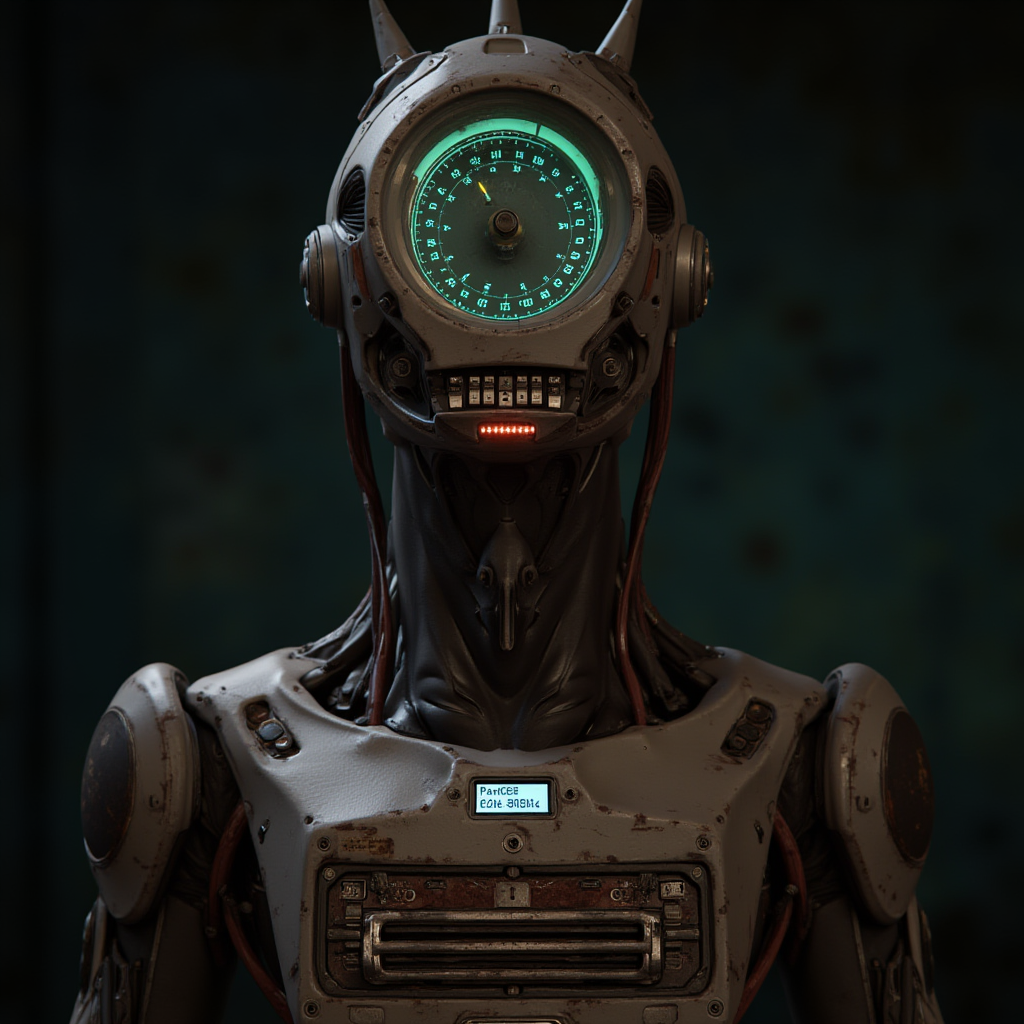In December 2024, OpenAI introduced its o3 model, which was designed to enhance AI reasoning capabilities and was initially met with excitement from the tech community. However, recent updates from the Arc Prize Foundation, which oversees the ARC-AGI benchmark used to validate AI models, reveal that the o3 model may be significantly more expensive to operate than previously estimated. Originally pegged at around $3,000 per task, the cost for using the o3 “high” configuration is now estimated to potentially reach $30,000 per task. This dramatic revision raises important questions about the viability and economic sustainability of such advanced AI technologies.
The Cost of Advancement
The revised cost estimates underscore the financial implications of deploying cutting-edge AI models. Mike Knoop, co-founder of the Arc Prize Foundation, explained that the high operational costs stem from the substantial computational resources required. The o3 high configuration reportedly utilized 172 times more computing power than its low counterpart, which exacerbates the cost implications for users, particularly enterprises looking to integrate these models into their workflows. As OpenAI has yet to officially price the o3 model or release it for general use, analysts are drawing comparisons to the company’s o1-pro model, which is currently its most expensive offering. The Arc Prize Foundation suggests that the pricing for o1-pro could serve as a useful benchmark for estimating o3’s costs.
Implications for Businesses
The potential pricing of o3 has sparked discussions in the AI community about the economic implications for businesses considering the adoption of such technologies. Reports have indicated that OpenAI is contemplating pricing strategies that could reach as high as $20,000 per month for specialized AI “agents,” such as those designed for software development tasks. While some proponents argue that even at these rates, AI models may still be more cost-effective than hiring human contractors, the efficiency of these models may not match that of skilled human workers.
For example, o3 required 1,024 attempts at each task in the ARC-AGI to achieve its best score, suggesting that the operational overhead may negate the cost benefits associated with AI deployment. This raises broader questions about the true economic value of AI—whether the savings from automation will outweigh the costs of using these advanced models.
As OpenAI prepares to launch its o3 model amidst rising cost concerns, industry experts are closely monitoring the developments. The question of whether businesses will embrace these advanced AI capabilities, despite the high operational costs, remains uncertain. Analysts suggest that the market may see a bifurcation where only the most resource-rich enterprises can afford to leverage such technology effectively, potentially widening the gap between large corporations and smaller firms that may not have the same financial bandwidth.
Moreover, the competitive landscape of AI development is also evolving. As companies like Google, Microsoft, and emerging startup innovators continue to invest heavily in AI research, the pressure on OpenAI to justify the pricing of its models will only increase. These competitors are also racing to provide cost-effective alternatives that may challenge OpenAI’s offerings, making it crucial for the company to address not only the technical capabilities of o3 but also its economic impact on potential users.

